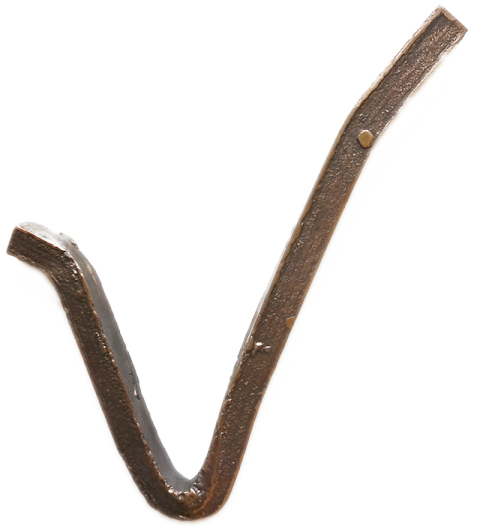LAST 2 COPIES + LAST 2 COPIES + LAST 2 COPIES + LAST 2 COPIES +
43–35 10TH STREET
Daniel Shea
«It is always worth asking if an observer alters the subject they observe: Daniel Shea is acutely aware of his role within the operation of neoliberalism.»
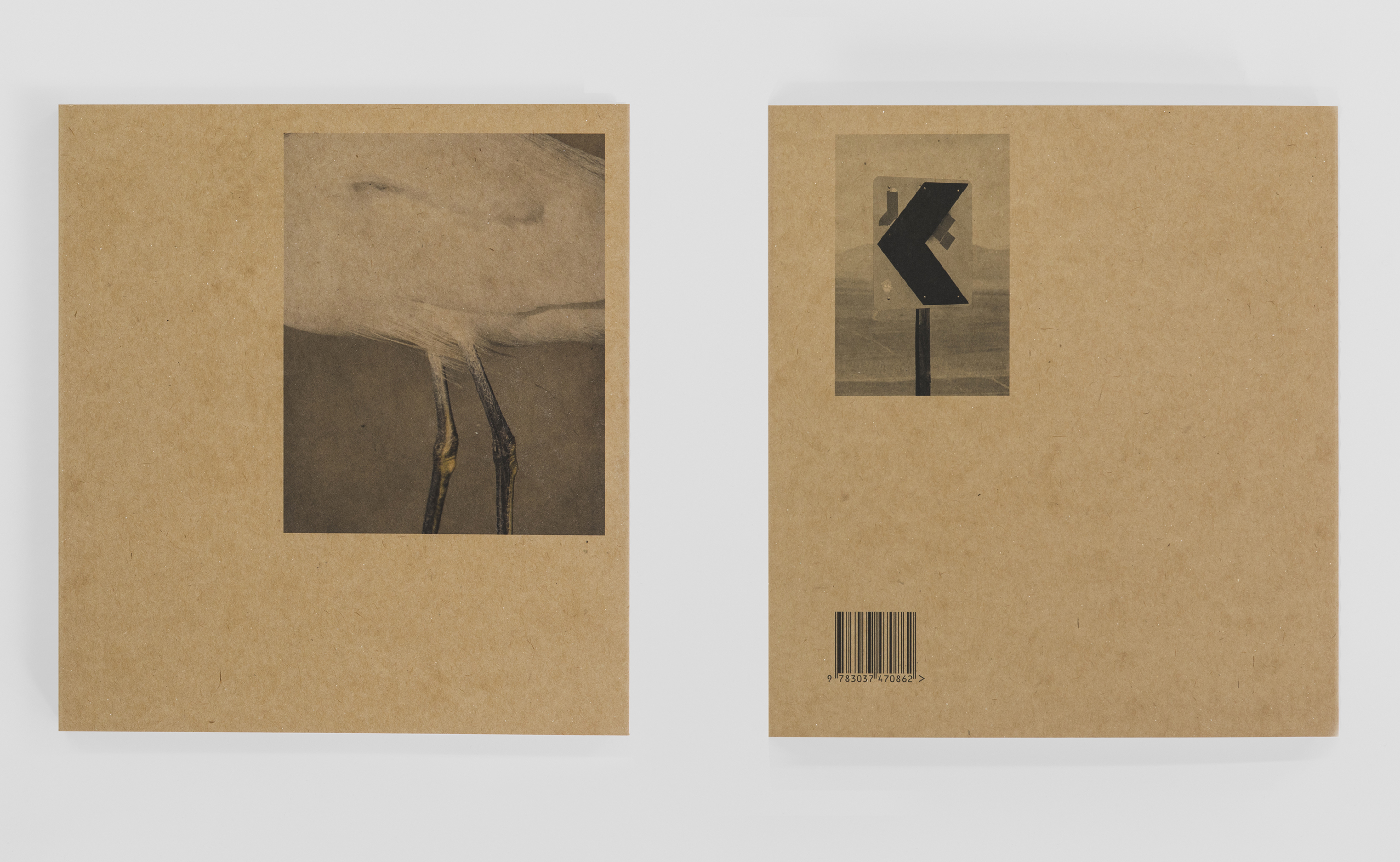
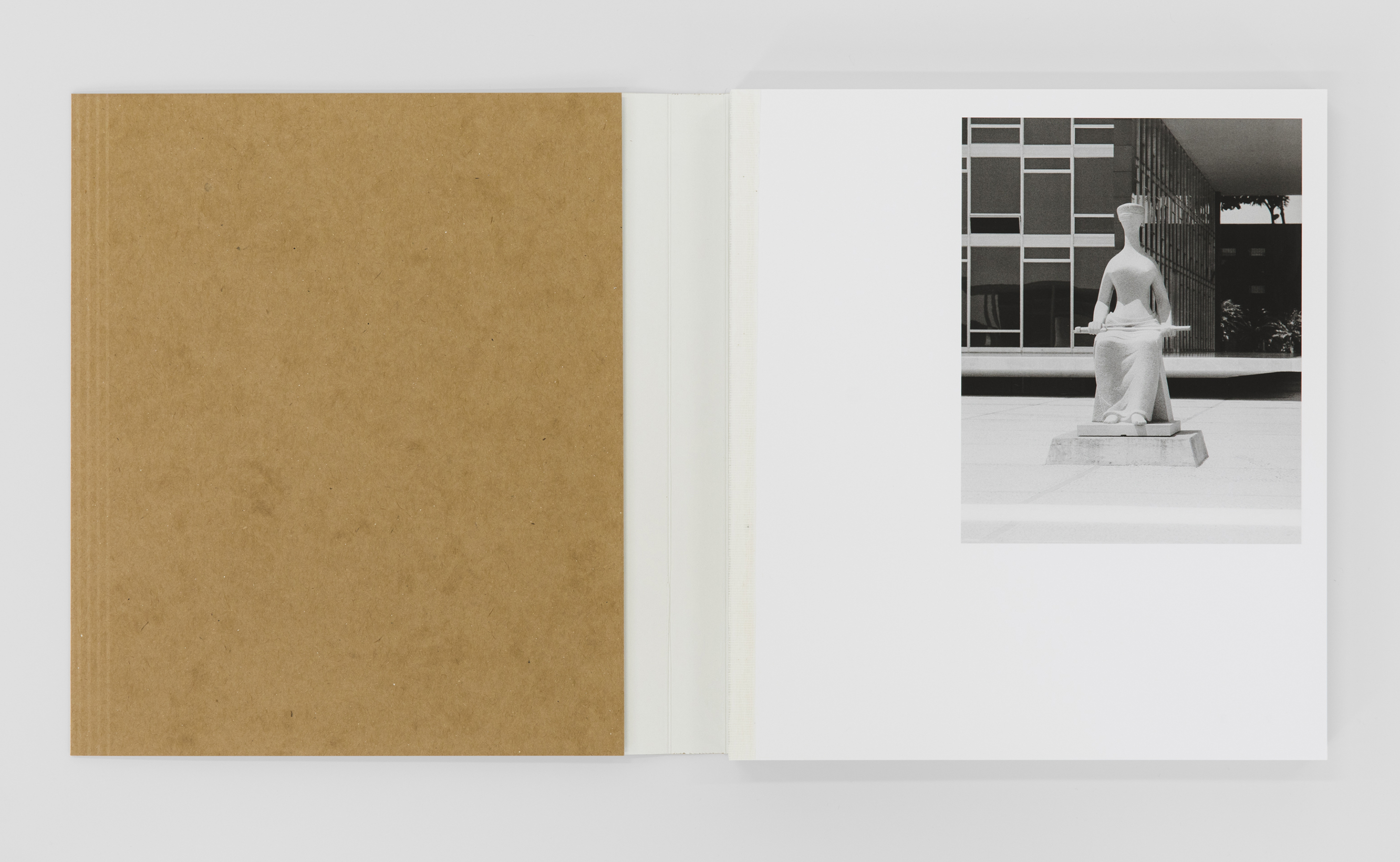
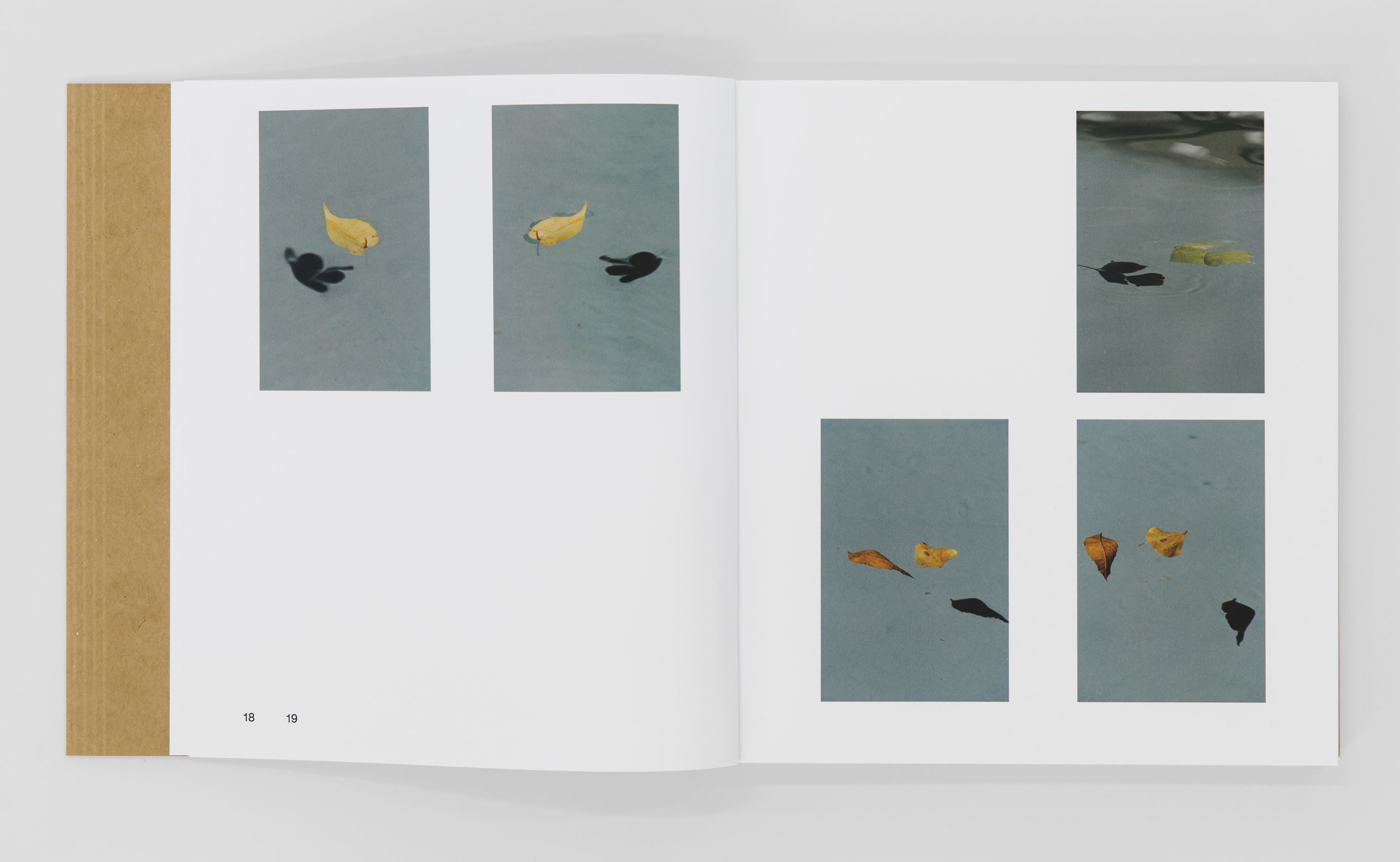

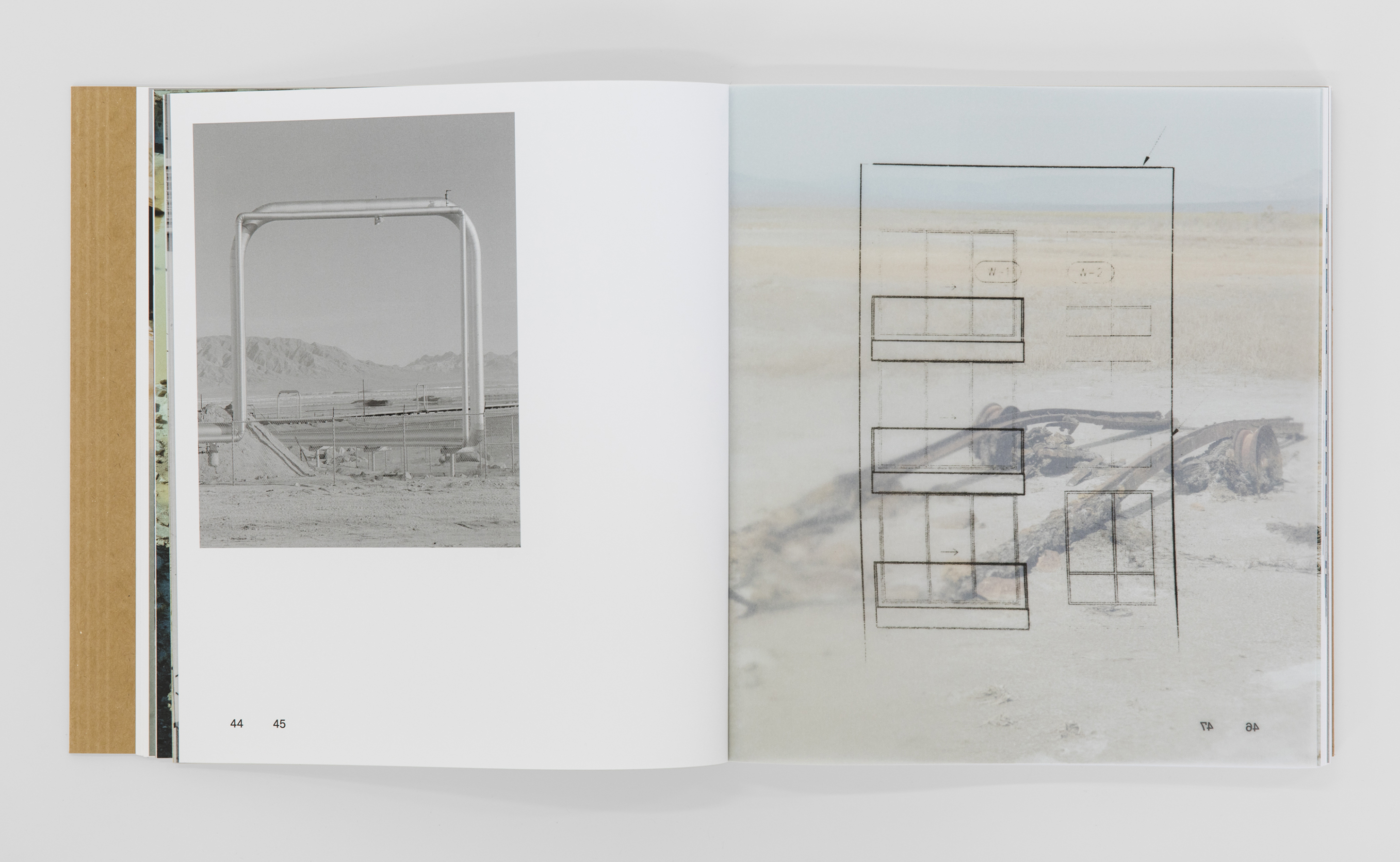
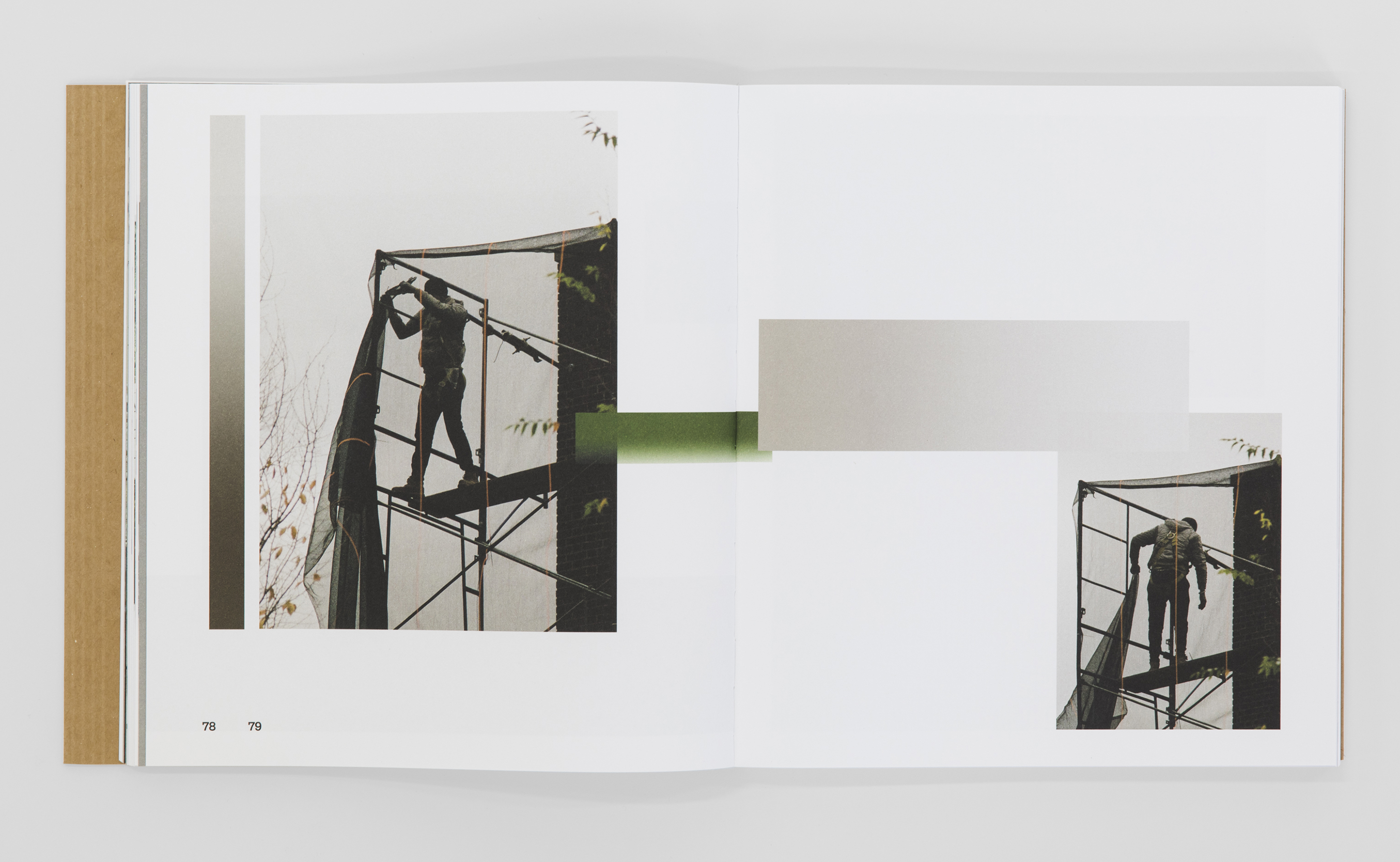
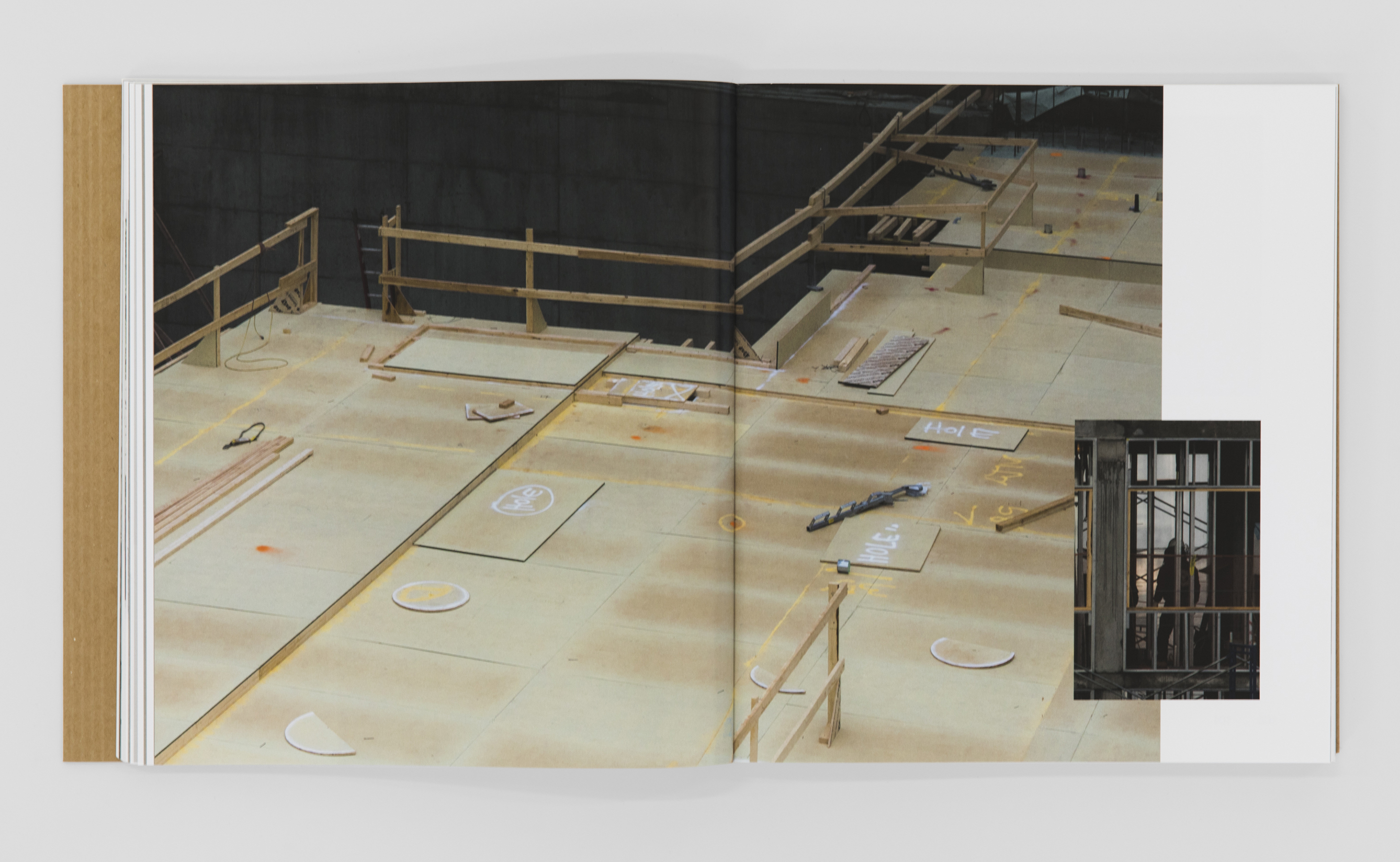



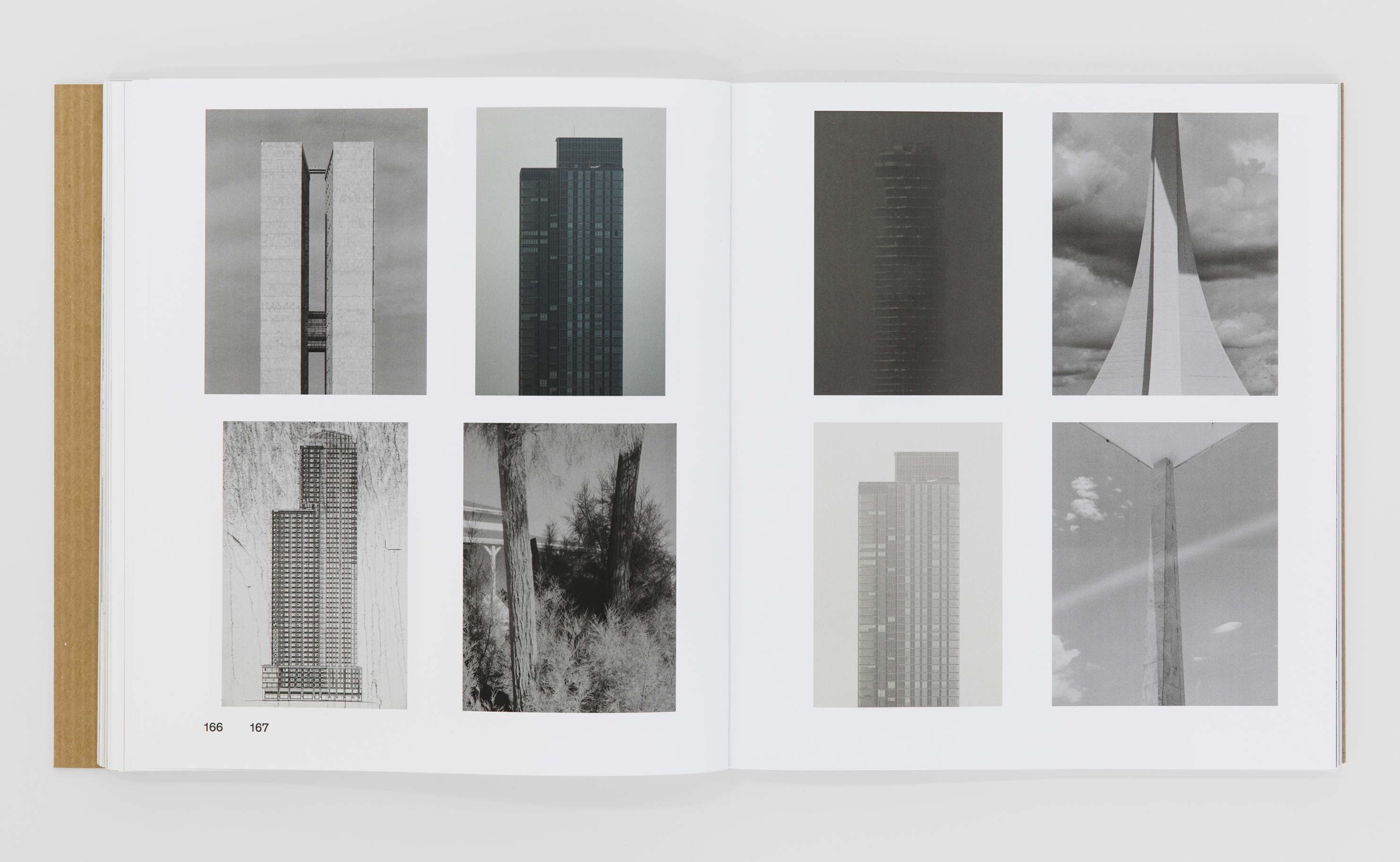


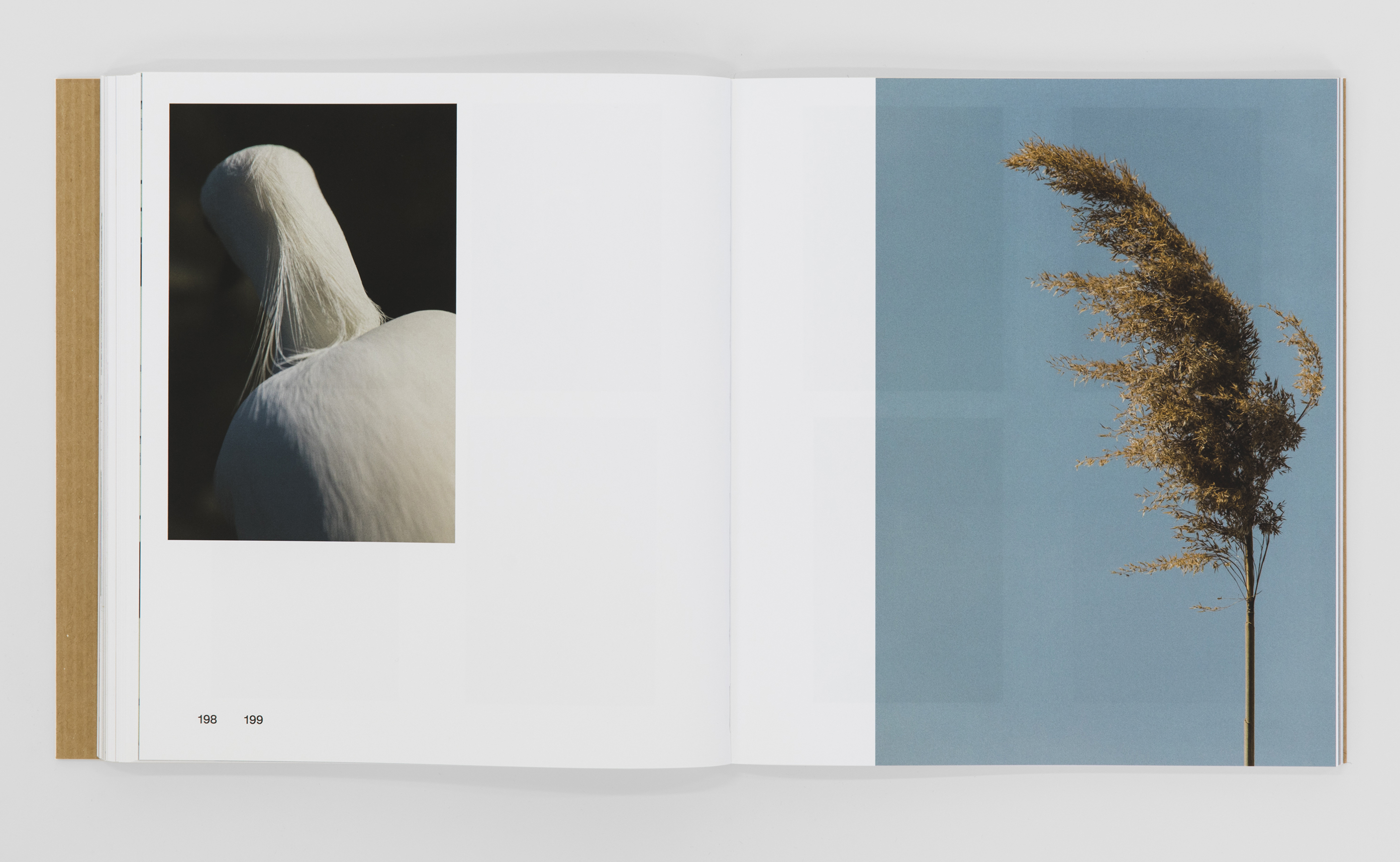

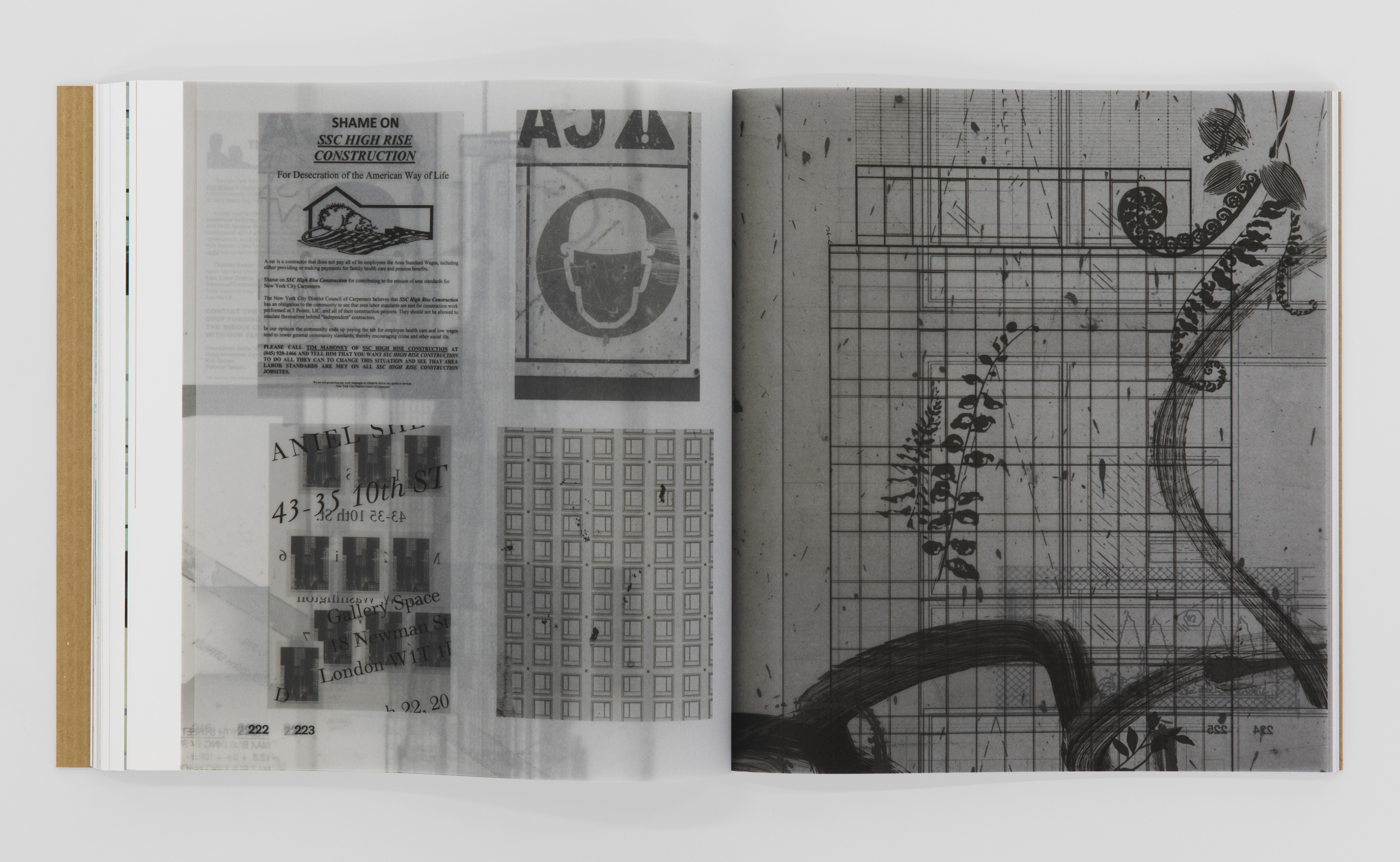



43–35 10TH STREET
Daniel Shea
Essay by Walter Benn Michaels, English, 24 × 27 cm, 288 pages, 399 color and 27 black & white plates, softcover, Kodoji Press, Baden 2018, ISBN 978–3–03747–086–2CHF 300 (plus shipping)
︎ Add to ︎
Shea is based in Long Island City, from where he has observed the rapacious processes of recent real estate development. This book moves us from the end and edges of built community to its inner-city nascence. It combines observations from Shea’s neighbourhood with impressions from the Modernist icon Brasilia and the arid Searles Valley in the American West. These are contrasted and superimposed. Few specificities of the sites can be deciphered, but impressions accumulate and coalesce. Shea looks at architecture: its surfaces, its forms and its designs. In concrete he finds aesthetic pleasure and a connection to Modernism’s aspirations and failures – both ripe for fetishisation. He looks too at reflections, challenging the photographer’s position documenting or fashioning the world around them. These planes are saturated with meanings; with time, connections start to be deciphered.
An essay by Walter Benn Michaels in ‘43-35 10th Street’ starts to pull apart the stratifications of Shea’s images, articulating political subjects that roil be-neath overtly neutral surfaces or are caught between their layers. The capitalist market and the facility for speculation, for example, that art and building have in common. That artists personify self-organised, precarious, de-unionised labour while creating intrinsically worthless goods that fuel the market itself, and not necessarily identifying what they do as labour at all. Buildings may be designed to improve equality, but, as Brasilia proved, cannot do so alone. Shea constructs images yet resists communicating a clear message, probing, in Michaels’ words, ‘the symbiotic relation between our aesthetics and our economy’.
Born in 1985, Daniel Shea has lived and worked in Long Island City, Queens for five years. He studied at the Maryland Institute College of Art and later the University of Illinois at Chicago and has taught on several North American art programmes. His work has been exhibited throughout Europe and the United States, and books are a key element of his practice.
